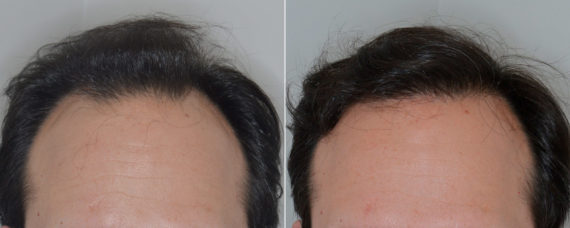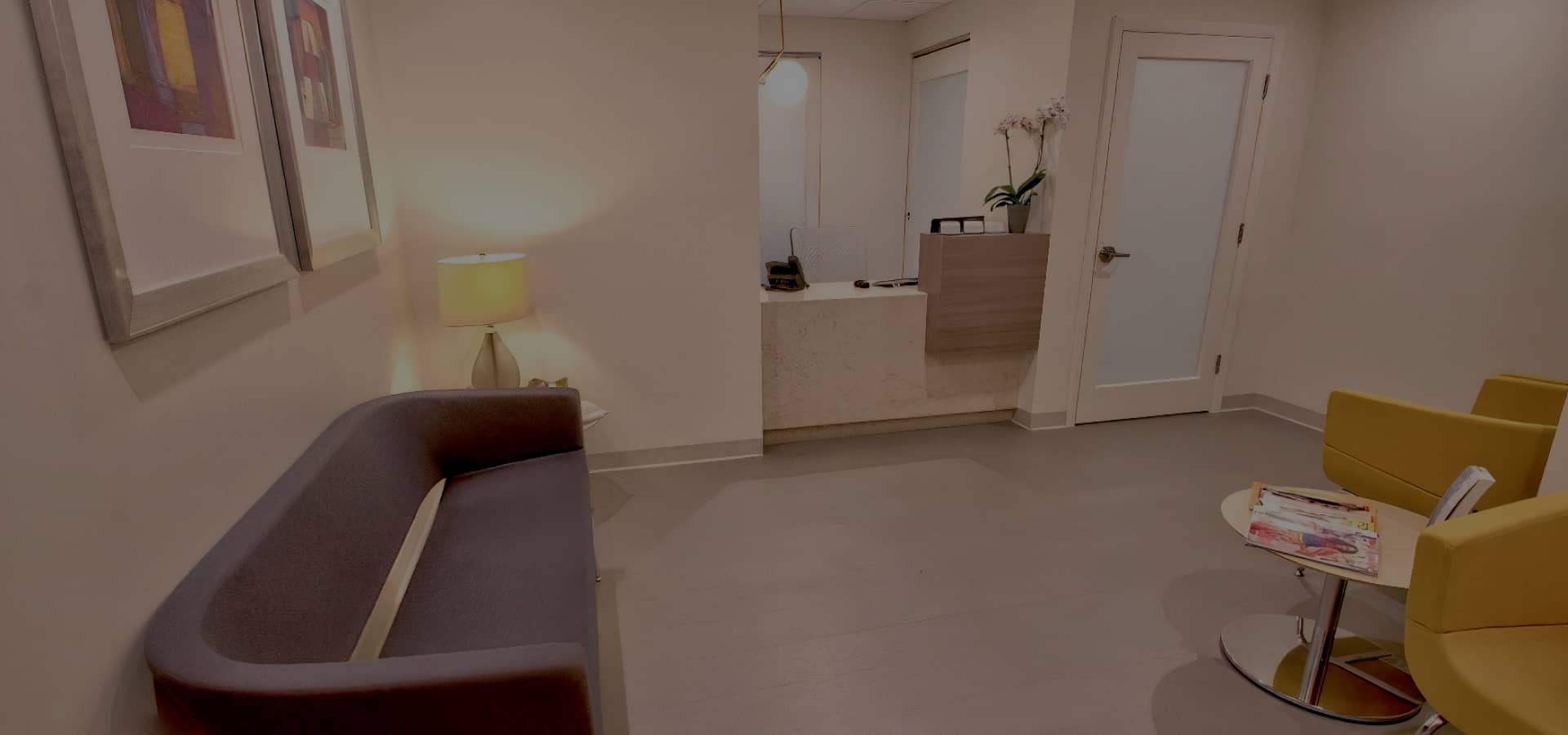Hair restoration can be an effective solution for individuals experiencing hair loss. It includes different methods that come with specific costs. Knowing the financial part of hair restoration is vital for those considering their options, as it involves a significant monetary investment.
Dr. Anthony Bared, who has a considerable background in hair restoration, provides a clear understanding of the different prices for these treatments. He also discusses extra charges you might incur and ways you might get financial help. His expertise aims to help you manage your budget for your hair restoration needs wisely.
Understanding Hair Restoration Costs
- The price of hair restoration varies greatly depending on the chosen method, with options ranging from surgical transplants to non-surgical treatments.
- Surgical hair transplants, while often more expensive, tend to offer long-lasting results compared to non-surgical alternatives.
- Financing options for hair restoration procedures are available, including medical loans and payment plans, making it more accessible.
- Initial consultations for hair restoration may come with a fee, but they are critical for understanding the total cost and procedure plan.
Types of Hair Restoration Methods
Factors Influencing the Cost
Hair restoration has come a long way, now offering both surgical and non-surgical paths to address hair loss. Surgical options are well-known, with hair transplants highlighting methods like FUE (Follicular Unit Extraction) and FUT (Follicular Unit Transplantation). These strategies involve moving healthy hair follicles from areas with more hairs to those with fewer, encouraging natural growth. On the non-surgical side, treatments like medications and laser therapy work to stimulate hair follicles, aiming for growth without surgery.
Each method of hair transplantation, from old-school methods to the latest innovations, aims to improve hair’s look and coverage. However, each comes with its own set of costs, influenced by factors such as:
- The chosen technique and its complexity.
- The extent of hair loss and desired hair density.
- The availability of healthy hair follicles for transplantation.
- The expertise of the practitioner.
- The location of the procedure.
- The use of advanced techniques in the process.
By understanding these factors, individuals can better navigate their hair restoration options.
Analyzing the Financial Aspects of Surgical Hair Restoration
Surgical restoration is a popular option for treating hair loss. It involves several steps that impact the total cost. The price can vary based on the choice of hair transplant procedures, the expertise of the hair transplant specialist, and the location of the clinic.
Key factors
- Price per graft: Typically determines the average cost. The requirement for a full head of hair dictates the number of grafts needed, directly affecting the total expense.
- 5,000-graft hair transplant cost: A significant factor for those with extensive pattern hair loss targeting a dense head of hair.
- Upfront cost: Encompasses anesthesia fees, extraction of donor hair, and placement of these grafts.
- Recovery costs: Cover expenses like aftercare medications, follow-up visits to the hair transplant specialist, and additional treatments for hair loss, all of which add to the final amount.
Techniques such as the FUE hair transplant surgery typically incur a higher cost due to their discreet recovery advantages, like minimizing visible scarring. This option appeals to individuals who wish to keep their hair restoration surgery private, illustrating how personal choices can influence the final bill.
Investing in a skilled hair transplant specialist may have a higher upfront cost but paying for a successful hair transplant and a natural-looking head of hair pays dividends in boosted self-esteem and long-term satisfaction.
Hair Transplant Before & After Photos
Each patient is unique and individual results may vary*.
Examining the Financial Aspects of Non-Surgical Options
Looking at non-surgical ways to deal with hair loss is important, especially when thinking about money in the long run. These options, including prescription and over-the-counter medication, require regular maintenance and care to work well. The money you spend goes beyond just the first payment; it includes aftercare and extra treatments as well. Over time, this could lead to significant costs.
People often choose these non-surgical paths for better comfort and an effective solution to hair loss. Yet, it’s crucial to think about the total money spent over time on maintenance costs as a big factor in your decision.
Additional Expenses in Hair Restoration
When considering hair restoration, it’s important to account for all potential costs beyond the main procedure. These include:
Consultation Fees
The journey typically begins with a hair consultation to assess your needs and devise a suitable treatment plan. Clinics may offer an initial consultation in person or a virtual consultation, each carrying a distinct consultation fee.
Post-Treatment Care Supplies
Maintaining the results with an appropriate aftercare regime is crucial following the procedure. This often involves purchasing post-treatment care supplies recommended by your specialist, which aid in healing and promoting hair growth. The costs for these supplies can vary depending on the specific recommendations.
Follow-up Appointments
Scheduled follow-up appointments are essential for monitoring your progress and addressing any concerns. The approach to charging for these appointments varies between clinics; some may include this cost within their initial service fee, while others charge separately for each visit. Being aware of these potential additional costs upfront can help in effective budget management and avoiding surprises.

Trust Miami’s expert in rhinoplasty, hair restoration, and non-surgical enhancements.
Financing Options for Hair Restoration
Financing Plans and Payment Options
Exploring third-party financing for hair restoration can make the process more manageable. There are several financing options available to help with costs, and providers often offer flexible plans designed to fit different budgets.
Advantages of flexible financing options include:
- Adjusted monthly payments to make treatment more affordable
- Deferred interest plans through 3rd party financing companies
- Affordable payment options to cater to various financial situations
- The choice between shorter plans with bigger monthly payments or longer ones with smaller monthly payments
Planning Your Hair Restoration Budget
Estimating Total Costs
When you’re setting your budget for hair restorations, it’s vital to start with an accurate estimate. This requires considering both the upfront cost and any additional expenses that might occur. Many clinics can provide detailed estimates to help you figure out the accurate cost estimate for your hair restoration.
Considering Long-Term Value vs. Initial Cost
Understanding the balance between the amount invested initially and the long-term value received is crucial. Opting to pay more upfront can result in better, longer-lasting effects, potentially reducing the need for further treatments. Additionally, many clinics offer affordable payment options, making the financial aspect of hair restoration more manageable.
Consult with a Hair Restoration Expert
Looking into the costs of hair restoration might seem complicated, but you’re not on your own. Dr. Anthony Bared, who works in Miami as a facial plastic surgeon, is here to give you personalized advice. He specializes in changing how people look, including hair transplants, and has a lot of training and two board certifications to help you understand your choices.
If you want to figure out your hair restoration budget and start working towards the results you want, make an appointment with Dr. Bared today.



